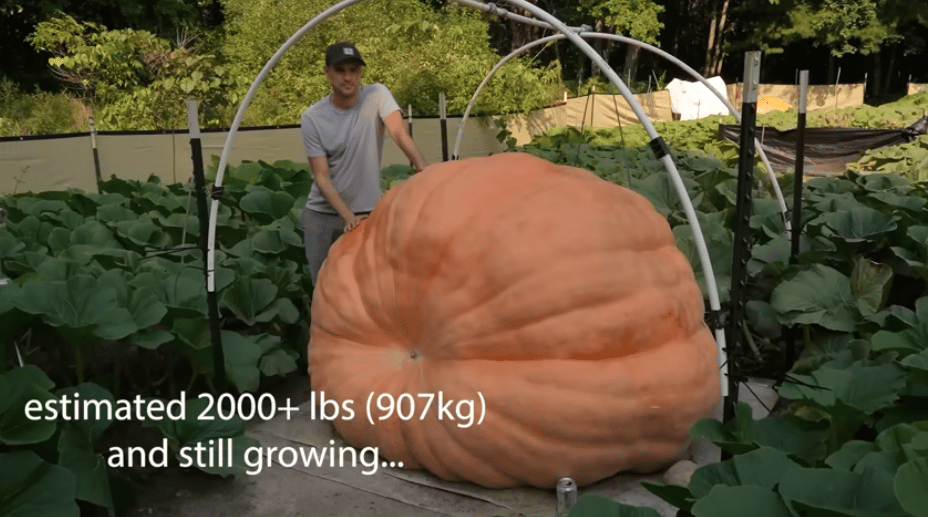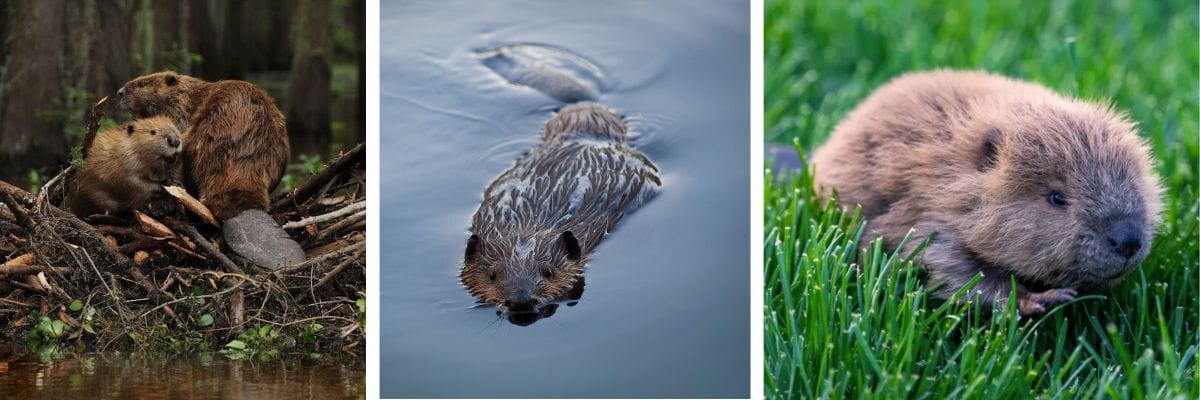PICTURE OF THE WEEK

Growing a 2,480 lb Giant Pumpkin is no small feat! 🎃 You can watch a timelapse of it growing, set to classical music, here!
5 FACTS
400 lb Beavers?? 🦫
Beavers are well-known for their work ethic (“Busy as a beaver!”) and engineering skills, but here are 5 facts about beavers that might surprise you:
Beavers are ancient - they've been around since the Ice Age! Back then they were about seven feet long and weighed up to 400 pounds! 🗿
Beavers literally have iron teeth. Their teeth are orange due to their high iron content, which makes them extremely strong and tear-resistant. Their teeth also never stop growing, so beavers have to constantly gnaw on wood to keep them filed down. 🦷
Beavers are family-oriented and mate for life. They form strong family bonds, with both parents working together to raise and train their kits, while also maintaining their dam and lodge. ❤️
Their tail has multiple functions - it provides balance while carrying building materials, acts as a rudder while swimming, and serves as a warning signal when they slap it against the water to alert others whenever danger is near. 🦫
Beavers are excellent swimmers. Although they may look slow and clumsy on land, they can hold their breath underwater for up to 15 minutes. They also have special adaptations that allow them to close their ears and nose underwater. They’re such natural swimmers that they even build underwater entrances to their lodges to protect themselves from predators. 🤿
Beavers have recently been in the news for being reintroduced across North America to help fight climate change. Their wetlands improve water quality, reduce erosion, and sequester carbon. Go beavers!

TRIVIA CORNER
How old is your dog really? 🐕
Turns out the “seven dog years for every human year” isn’t completely true!
A new study has redefined what it means for a dog to be “old.” While different breeds age at different rates, the American Veterinary Medical Association notes that dogs also age differently than humans. Here’s the updated estimate:
A dog’s first year of life = 15 human years
A dog’s second year of life = 9 human years
After age 2, each additional year = 5 human years
So, how old is “old”? Larger dogs (like Labrador retrievers) are considered old after 12 human years, while smaller breeds (like Terriers) age slower and reach “old age” at closer to 14 human years.
SCIENCE QUESTIONS
Why do we have baby teeth? 🦷
We all need teeth to eat, but they wear down over time. To counter this, some animals (like elephants and beavers) have teeth that never stop growing. 🐘🦫 Others (like sharks and crocodiles) have an almost endless supply of teeth, allowing them to quickly replace any that are lost. 🦈🐊
Humans only get two sets of teeth. Our baby teeth are smaller because children have smaller faces and mouths. As we grow, our mouths make room for larger teeth, which helps us eat more food at once. Having two sets of teeth ensures that our teeth fit the size of our faces as we develop, enabling us to chew throughout our lives!
Even though we’ll eventually lose our baby teeth, it’s important to take good care of them! If baby teeth develop cavities and need to be removed, that can cause problems: our adult teeth might emerge too early, before our mouths have grown enough to make space for them!

Left: shark teeth. Right: X-ray of a child’s mouth showing baby teeth and 2 growing adult teeth (David Avenetti).
Source: The Conversation

